Complete Sapporo GuideEtiquette & Spots to 120% Enjoy the Silver City and Winter Delicacies
Table of Contents
Welcome to Sapporo, the Fantastic City of Snow and Light
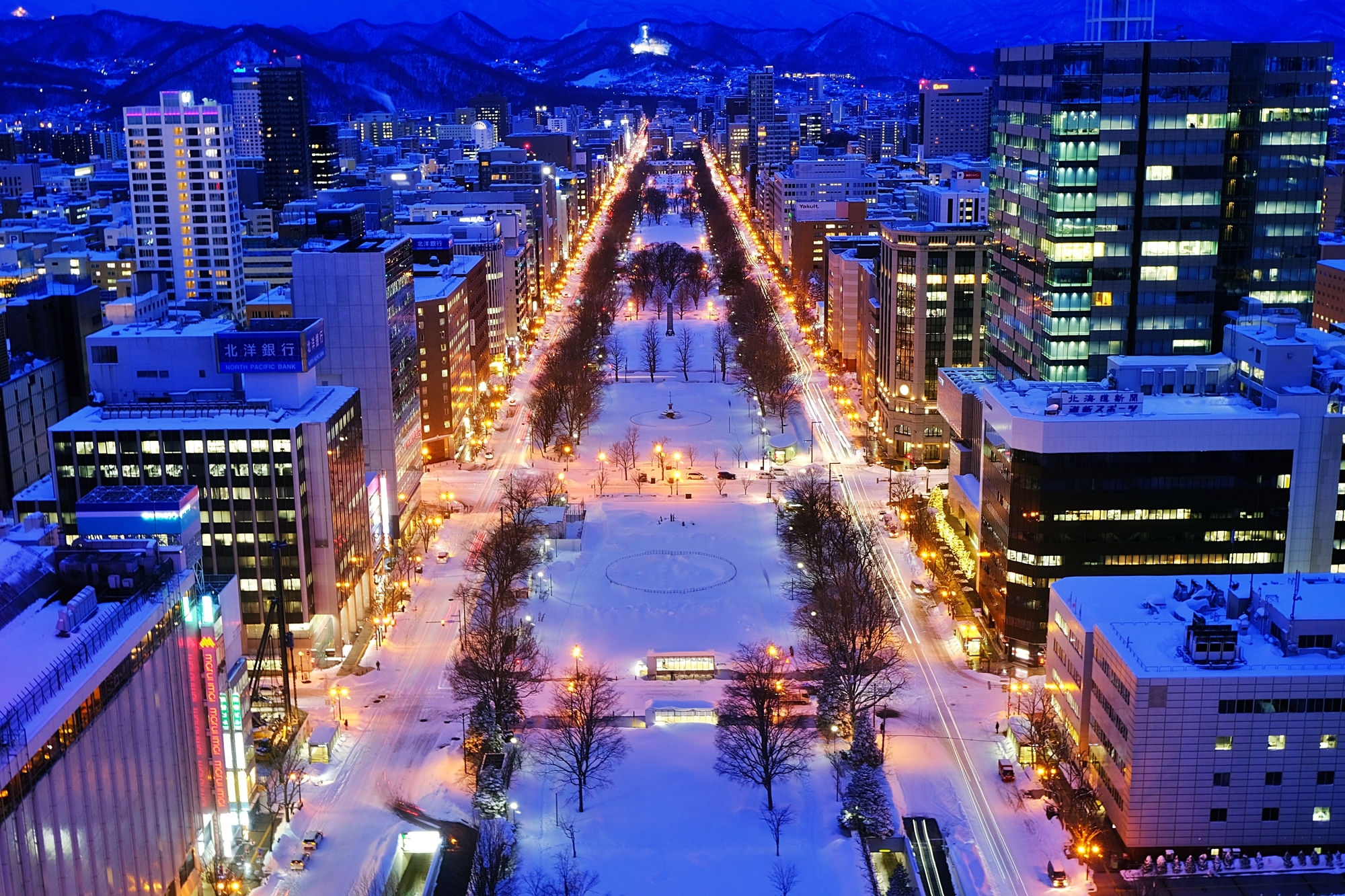
Sapporo, a major city shining in the heart of Japan's northern land, Hokkaido. This city, wrapped in refreshing green in summer, transforms into a city of fiery autumn leaves and then into a silver metropolis covered in pure white snow in winter. From the world-famous "Sapporo Snow Festival" to the illuminations that color the city and the exquisite cuisine that warms you from the core, Sapporo's winter is condensed with a special charm that irresistibly attracts people, precisely because of its harsh cold.
This guide does more than just introduce Sapporo's winter tourist spots. It provides a deep and careful explanation of the wisdom and culture of life in a snowy country, the manners unique to a large northern city, and, especially for international visitors, crucial advice on how to walk on winter roads and what to wear. Having respect for the people who live here and a correct understanding of the harsh natural environment is the key to making your trip safe and a warmly memorable experience.
The quiet night when the gently falling snow absorbs all sound, the overwhelming power of the snow sculptures filling Odori Park, and a bowl of miso ramen that melts your chilled body. All of these will give you a感動 unique to the northern winter. Now, with full preparation, let's set out on a journey to experience the fantastically shining white winter of Sapporo.
1.From a Pioneer's Dream to an International City: The History and Winter Culture of Sapporo
The beautiful grid-patterned streets and the unique culture of a snowy country. The charm of Sapporo is deeply connected to the history of its development during the Meiji era.
1-1. A Planned City of the Meiji Era: The Origins of Sapporo
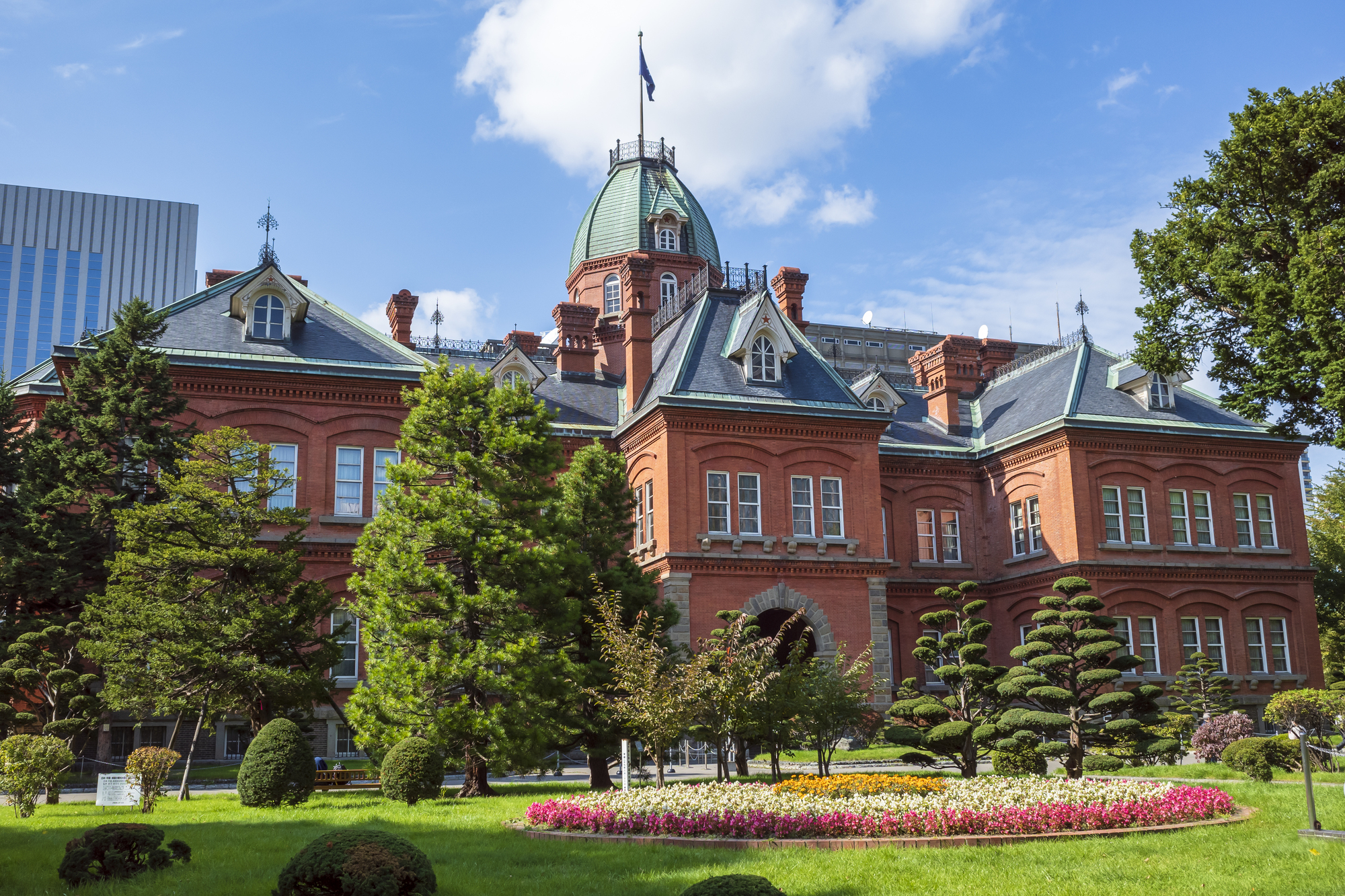
The foundation of the current city of Sapporo was laid in 1869, in the early Meiji era. It was built as a base for the development of Hokkaido, based on a grid-pattern city plan inspired by Kyoto. Odori Park, which runs through the city center, was initially designed as a firebreak, later becoming a place of recreation for citizens and the main venue for the Snow Festival. Historic buildings scattered throughout the city, such as the Sapporo Clock Tower and the Former Hokkaido Government Office Building (Red Brick Office), convey the passion of the pioneers and the influence of Western culture of that time. The fact that it is a city planned and built in a harsh, snowy natural environment is at the root of Sapporo's orderly beauty.
1-2. A Culture of Coexistence with Snow: The Origin of the Sapporo Snow Festival
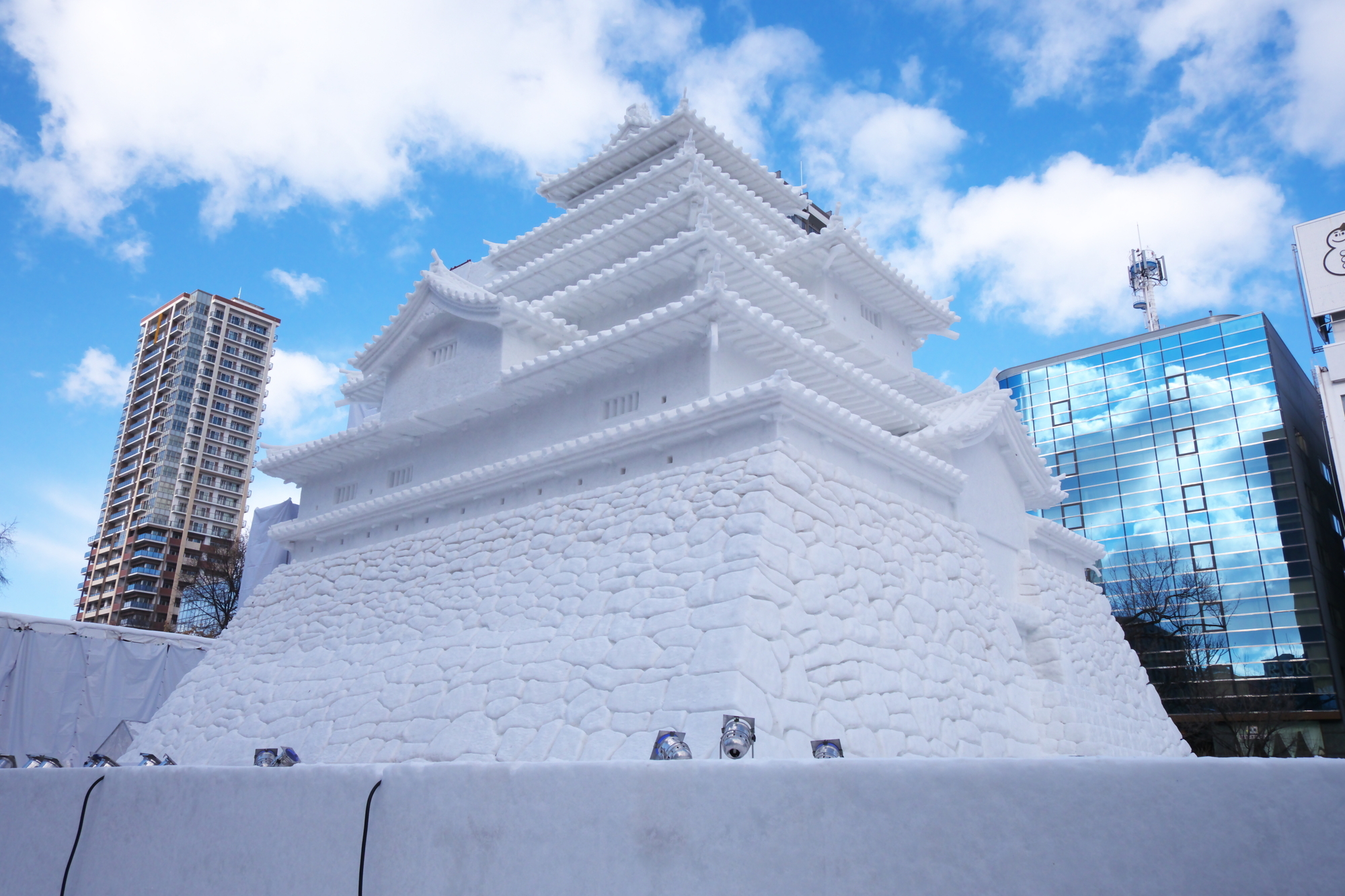
The Sapporo Snow Festival now attracts over two million visitors from around the world, but it began in 1950 when local junior high and high school students created six snow sculptures in Odori Park. What started as a modest event for citizens to enjoy the harsh winter grew in scale with each passing year. Through the creation of large snow sculptures with the participation of the Self-Defense Forces and the hosting of an international snow sculpture contest, it evolved into a world-class winter festival. The Snow Festival is a symbol of the resilience and playful spirit of Sapporo's citizens, who turn the often-troublesome snow into a source of enjoyment.
1-3. [Winter Event Information and the City's Evolution]
Here is information on the main events that illuminate winter in Sapporo.
- Sapporo White Illumination: Scheduled to be held from late November, mainly in Odori Park. The number of LEDs increases every year, and new technologies like projection mapping are being introduced, evolving into an even more fantastical space.
- Munich Christmas Market in Sapporo: Held from late November to late December in Odori Park 2-chome. It's a Christmas market that recreates the atmosphere of Munich, Germany, Sapporo's sister city.
- Sapporo Snow Festival: Scheduled for early February at the Odori, Susukino, and Tsudome venues. The large snow sculptures, themed on the latest domestic and international culture and characters, attract great attention every year.
Furthermore, Sapporo is continually improving its convenience for winter tourists by extending the underground pedestrian space and increasing the number of multilingual digital signages.
2.Travel Preparation and Basic Information: The First Step to a Smart Winter Journey
2-1. Access from Major Airports and Cities
Access from New Chitose Airport, the gateway to Hokkaido, to Sapporo city is very convenient.
- JR Rapid Airport: The fastest and most reliable means of transport, connecting New Chitose Airport and Sapporo Station in about 37 minutes. It operates at approximately 15-minute intervals. The risk of delays due to snow is relatively low.
- Airport Limousine Bus: Convenient if you have a lot of luggage, as it provides direct access to major hotels in Sapporo, Odori, and Susukino. The journey takes about 70-90 minutes, but it can be delayed in winter depending on weather and road conditions.
2-2. Getting Around Sapporo: Utilizing the Subway and Underground Pedestrian Space
The key to winter tourism in Sapporo is to make good use of both above-ground and underground transportation.
- Subway: The three lines—Namboku, Tozai, and Toho—cover the city and are the most reliable means of transportation, unaffected by the weather. Many major tourist spots are located near subway stations.
- Sapporo Ekimae-dori Underground Pedestrian Space (Chi-Ka-Ho): This is an approximately 520-meter-long underground walkway connecting Sapporo Subway Station to Odori. You can move comfortably without worrying about the cold, even on a blizzardy day. There are event spaces and rest areas along the passage, making it more than just a walkway.
- Streetcar (Shiden): A streetcar that runs in a loop around the central part of Sapporo. Recommended for when you want to enjoy the city scenery at a leisurely pace.
2-3. The Most Important Knowledge "Winter Clothing and Footwear": A Complete Guide to Northern Country Specifications
The average temperature in Sapporo during winter (December-February) is below freezing. Proper clothing and footwear are directly linked to the comfort and safety of your trip.
- The basis of clothing is "layering": Outerwear: A waterproof and windproof down jacket or padded coat with a hood is essential. A length that covers your hips will keep you warmer. Mid-layer: Warm clothing such as fleece or a sweater. A front-opening type is convenient for easy removal, as the temperature difference between outdoors and heated indoors can be drastic. Innerwear: Wearing moisture-wicking and quick-drying functional underwear (like HEATTECH) will prevent you from getting cold from sweat.
- Accessories: A knit hat, gloves, and a scarf (or neck warmer) are necessities. Protecting your ears, hands, and neck makes a big difference in how cold you feel.
- Footwear: This is the most crucial part. Winter boots with non-slip soles are a must. Waterproofing is also important. Fashion boots or sneakers are extremely dangerous on frozen surfaces (ice burns). If you don't have suitable footwear, you can buy them at a shoe store in Sapporo or purchase attachable anti-slip cleats at station kiosks or convenience stores.
3.[By Area] Popular Tourist Spots and Etiquette to Know
3-1. Odori & Susukino Area: How to Enjoy the Snow Festival and Illuminations
Odori Park:
Etiquette: During the Snow Festival, it gets extremely crowded with people from all over the world. The pathways are often one-way, so follow the signs. Never touch the snow and ice sculptures. They are beautiful when lit up at night, but if you set up a tripod, be extremely considerate not to obstruct the passage of others.
Sapporo TV Tower:
Etiquette: The observation deck offers a panoramic view of Odori Park. It's a spectacular view, especially during the illuminations and the Snow Festival, but the deck also gets crowded. Do not monopolize a good spot by the window for a long time; share the view with others.
Susukino:
Etiquette: It is one of Japan's largest entertainment districts, but during the Snow Festival, it becomes the "Susukino Site," featuring beautiful ice sculptures. The sculptures are very delicate, so do not touch or lean on them. It gets very cold at night, so be sure to dress warmly.
3-2. Sapporo Station & JR Tower Area: Navigating the All-Weather Hub
JR Tower Observation Deck T38:
Etiquette: You can get a 360-degree view of the Sapporo cityscape from the 38th floor. The night view is particularly popular. Here, too, be mindful of sharing the space by the windows.
Sapporo Stellar Place, Daimaru, etc.:
Etiquette: These are huge commercial complexes directly connected to Sapporo Station. You can enjoy them all day, even on a blizzardy day. In winter, it's smart to take off your heavy coat indoors and carry it. Be careful not to let your coat touch the merchandise.
3-3. Maruyama & Okurayama Area: Winter Zoo and Winter Sports
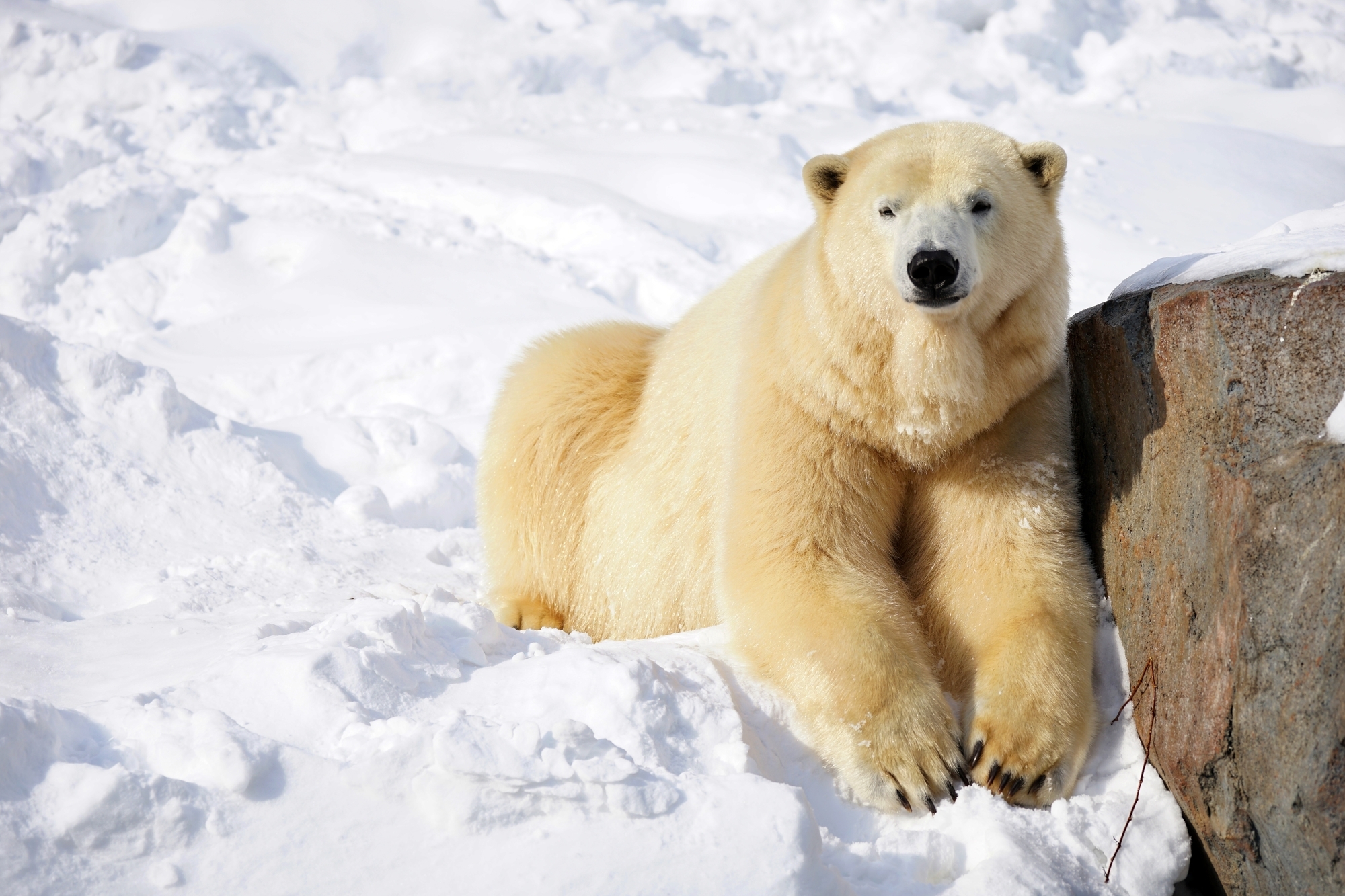
Maruyama Zoo:
Etiquette: In the winter zoo, you can see animals like polar bears and snow leopards being active in the snow. To avoid stressing the animals, do not tap on the glass or shout.
Okurayama Ski Jump Stadium:
Etiquette: This was a venue for the Winter Olympics. You can take a lift to the top of the jump and experience the view that the athletes see. During athletes' training, watch quietly and refrain from cheering or using flash photography.
3-4. Jozankei Onsen Area: Manners for Snow-Viewing Baths and the Onsen Town
An onsen town about an hour's bus ride from central Sapporo. Bathing while viewing the snow (Yukimi-buro) is an exceptional experience.
Onsen Manners: Please adhere to basic Japanese onsen rules (rinse before entering, keep your towel out of the bath, etc.). In an open-air bath, the temperature difference can be a strain on your body. Avoid long soaks and take breaks.
Strolling in the Onsen Town: The roads in Jozankei are often icy in winter. Be sure to wear non-slip shoes. When using facilities like the footbaths at Gensen Park, bring a towel and wipe your feet well before putting your shoes back on.
4.The Essentials! A Themed Guide to Manners for Enjoying Sapporo's Winter
4-1. How to Walk on Winter Roads: The "Shuffling Walk" and the Golden Rule for Not Slipping
The sidewalks in Sapporo can be very slippery due to packed snow or ice (ice burns).
- The Basic Way to Walk: The basic technique is a "shuffling walk" with small steps, placing the entire sole of your shoe on the ground. It's good to keep your center of gravity slightly forward, imagining how a penguin walks.
- Dangerous Spots: The white lines of crosswalks, entrances and exits of buildings, and in front of bus stops are often packed down by many people, creating particularly slippery "black ice." Be extremely cautious.
- In Case You Fall: Walking with your hands in your pockets is very dangerous. Always wear gloves and keep your hands free.
4-2. Indoor Manners: Adjusting Your Clothing in Heated Facilities
Indoor facilities in Sapporo (department stores, underground malls, restaurants, etc.) are very well heated.
- Adjusting Your Clothing: The temperature difference with the outdoors can be over 20°C. When you go inside, take off your outerwear and scarf immediately to regulate your body temperature. Going outside while sweaty can cause you to catch a cold.
- Handling Your Outerwear: In restaurants or cafes, it's smarter to fold your heavy coat and place it on your lap or an empty chair, rather than hanging it on the back of your chair.
4-3. Dining: How to Enjoy Ramen, Soup Curry, and Seafood
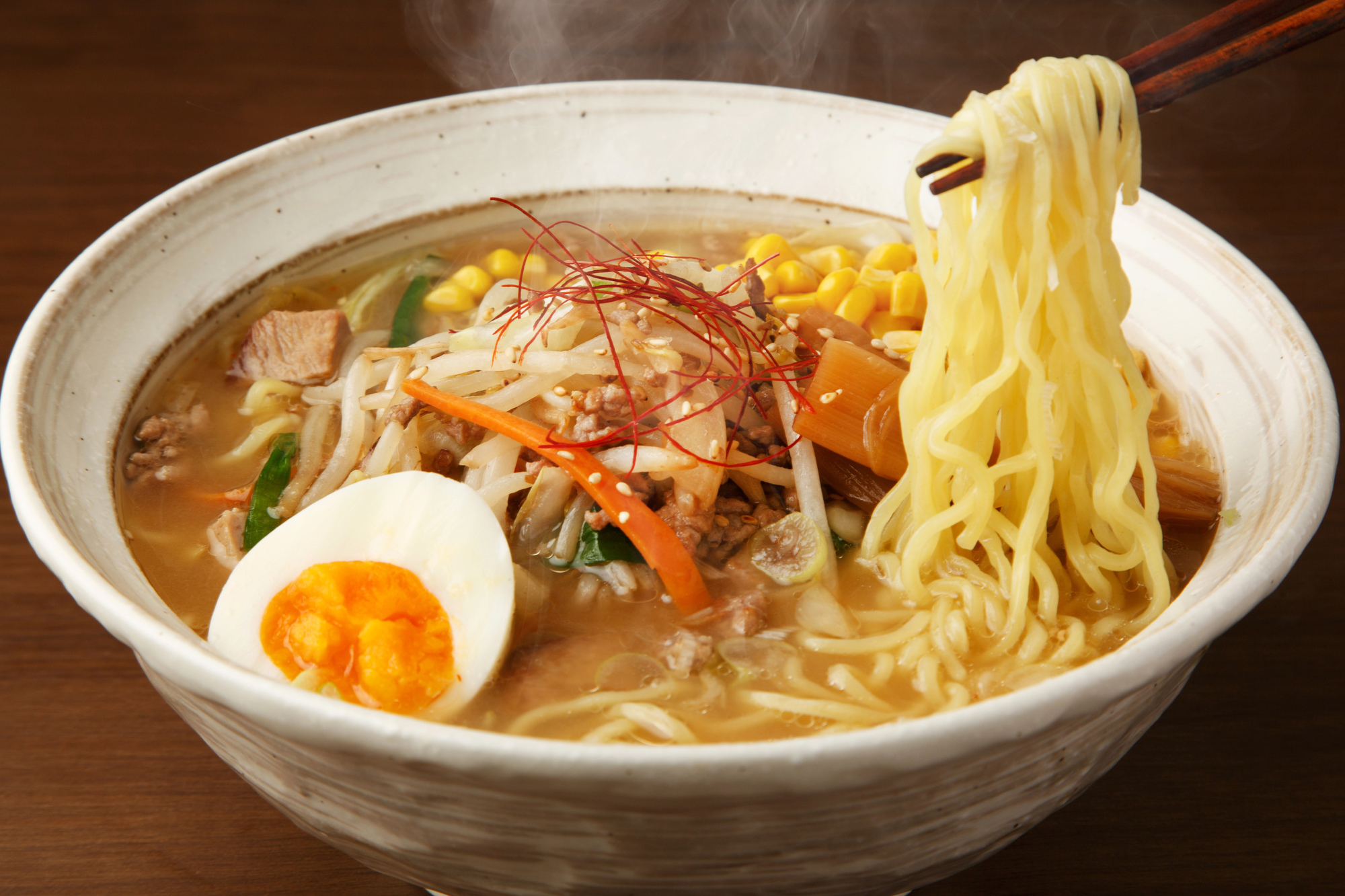
- Ramen: Sapporo is famous for its miso ramen. Popular shops will have a line, but it's the rule to wait quietly outside in the cold.
- Soup Curry: A gourmet dish originating in Sapporo. The common way to eat it is to scoop up rice with a spoon and dip it into the soup.
- Seafood: Winter is the peak season for many types of seafood, including crab and scallops. When eating at a market (like Nijo Market), do so in the designated areas to avoid disturbing other shoppers.
4-4. Etiquette at Events: Notes for the Snow Festival Venues
- Warmth and Safety: At night, temperatures can drop below -10°C. Be fully prepared for the cold. The venues are very crowded, so be aware of pickpockets and theft. Keep your valuables in front of you.
- Eating and Drinking: There are many food stalls at the venues. Hot drinks and food will warm you up, but please eat and drink in the designated areas and be sure to throw your trash in the bins.
5.Planning Your Trip: Model Courses for Practicing Good Manners
5-1. [1-Night, 2-Day] Classic Sapporo Winter! Snow Festival Focus Course (Assuming early February)
- Day 1: Afternoon: Take the JR from New Chitose Airport to Sapporo Station. Check into your hotel and change into winter gear. Evening: Take the subway to Odori Station. Enjoy the Sapporo White Illumination and the Munich Christmas Market (if during its run). Night: Head to Susukino for a miso ramen dinner. Afterwards, admire the illuminated ice sculptures at the Snow Festival's Susukino Site.
- Day 2: Morning: Go to the Snow Festival's Odori Site. Take your time viewing the impressive large snow sculptures. Noon: Have lunch of soup curry around Odori Park. Afternoon: Head to the Snow Festival's Tsudome Site (via shuttle bus). Enjoy activities like snow slides. Evening: Return to Sapporo Station for souvenir shopping. Take the JR to New Chitose Airport.
5-2. [2-Night, 3-Day] A Full Course Enjoying Onsen and Nature Too!
- Day 1: After arriving in Sapporo, stroll around Odori Park. View the city from the Sapporo TV Tower. Have a Genghis Khan (grilled mutton) dinner in Susukino at night.
- Day 2: Morning: Take a bus to Jozankei Onsen. Noon: Have lunch in the onsen town, then check into your inn. Afternoon: Stroll through the snowy onsen town and warm up at the footbath in Gensen Park. Return to your inn to fully enjoy a snow-viewing bath.
- Day 3: Morning: Return to Sapporo city by bus. Take the subway to Maruyama Zoo. See the animals in the snow. Afternoon: Return to Sapporo Station, enjoy a final view from the JR Tower, then look for souvenirs before heading home.
The Warmth of the North that Lights Up Your Heart
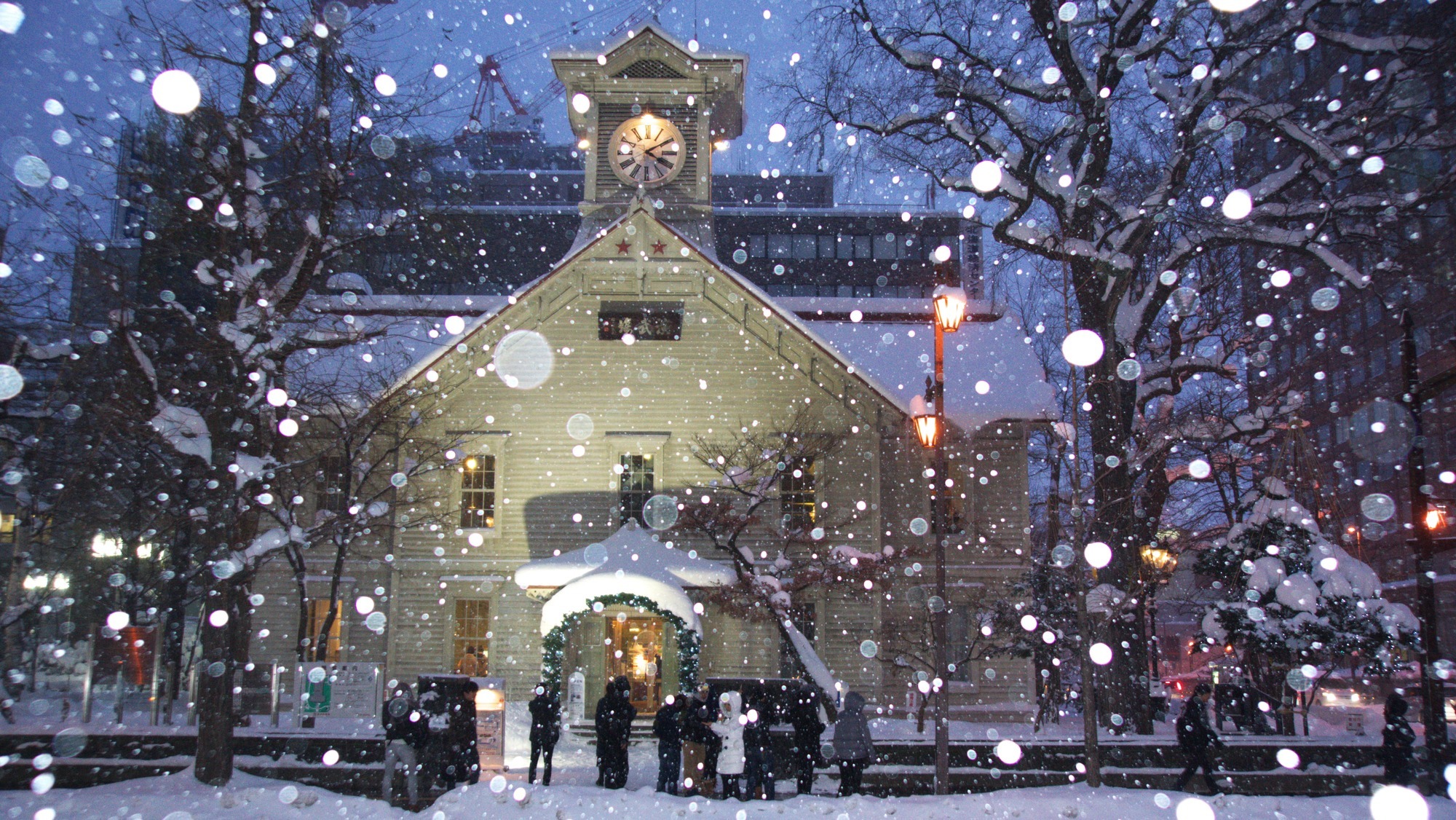
A trip to Sapporo, wrapped in a world of silver, will sometimes have moments that brace you with its harsh cold. However, it is precisely this cold that makes the light of the illuminations feel warmer, and a bowl of ramen deeply heal your body and soul. The etiquette and wisdom introduced in this guide are signposts for enjoying the harsh yet beautiful northern winter safely and with respect. When you experience the winter culture that the people of Sapporo have nurtured and feel its warmth, an unforgettable warm light will surely be lit in your heart.

